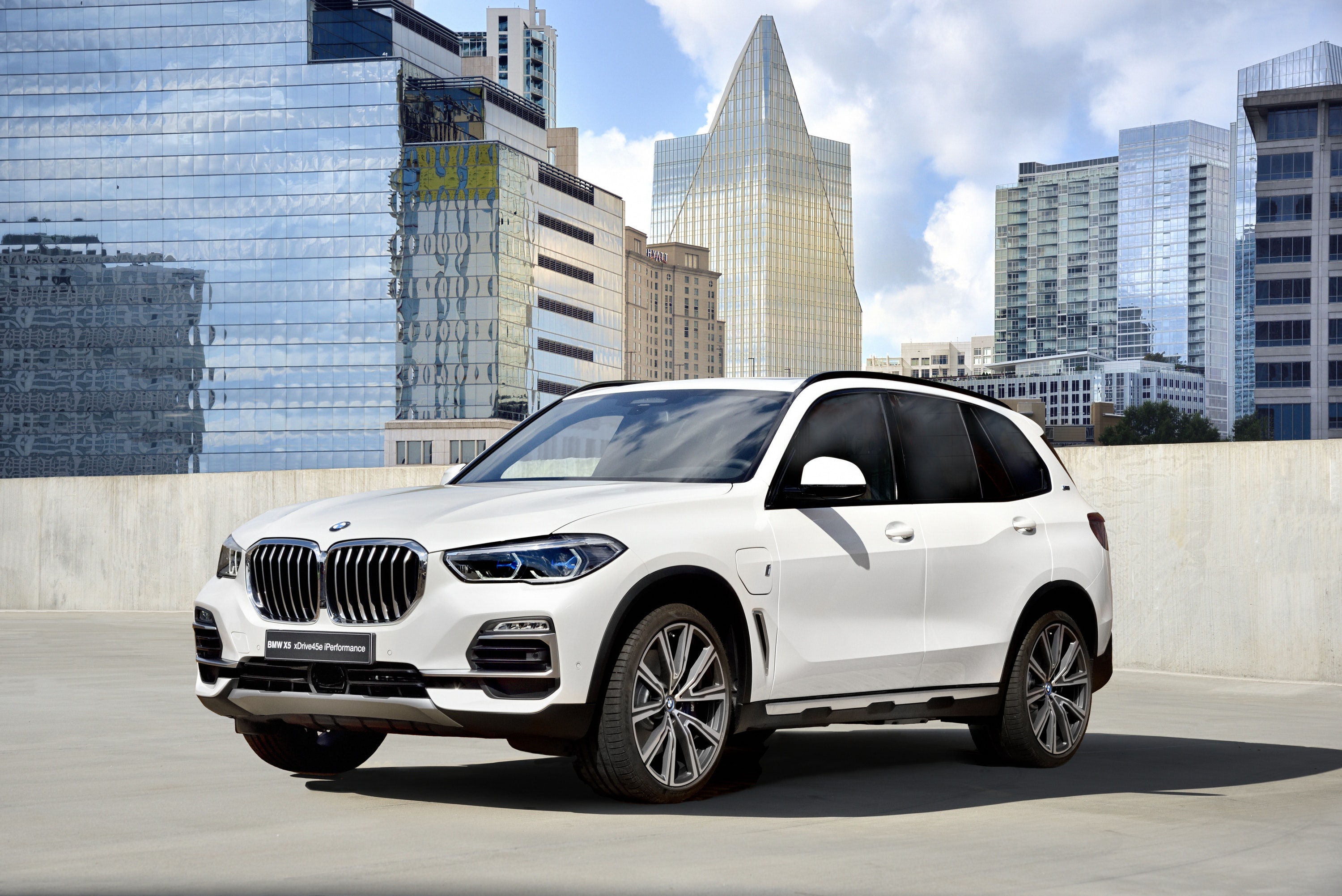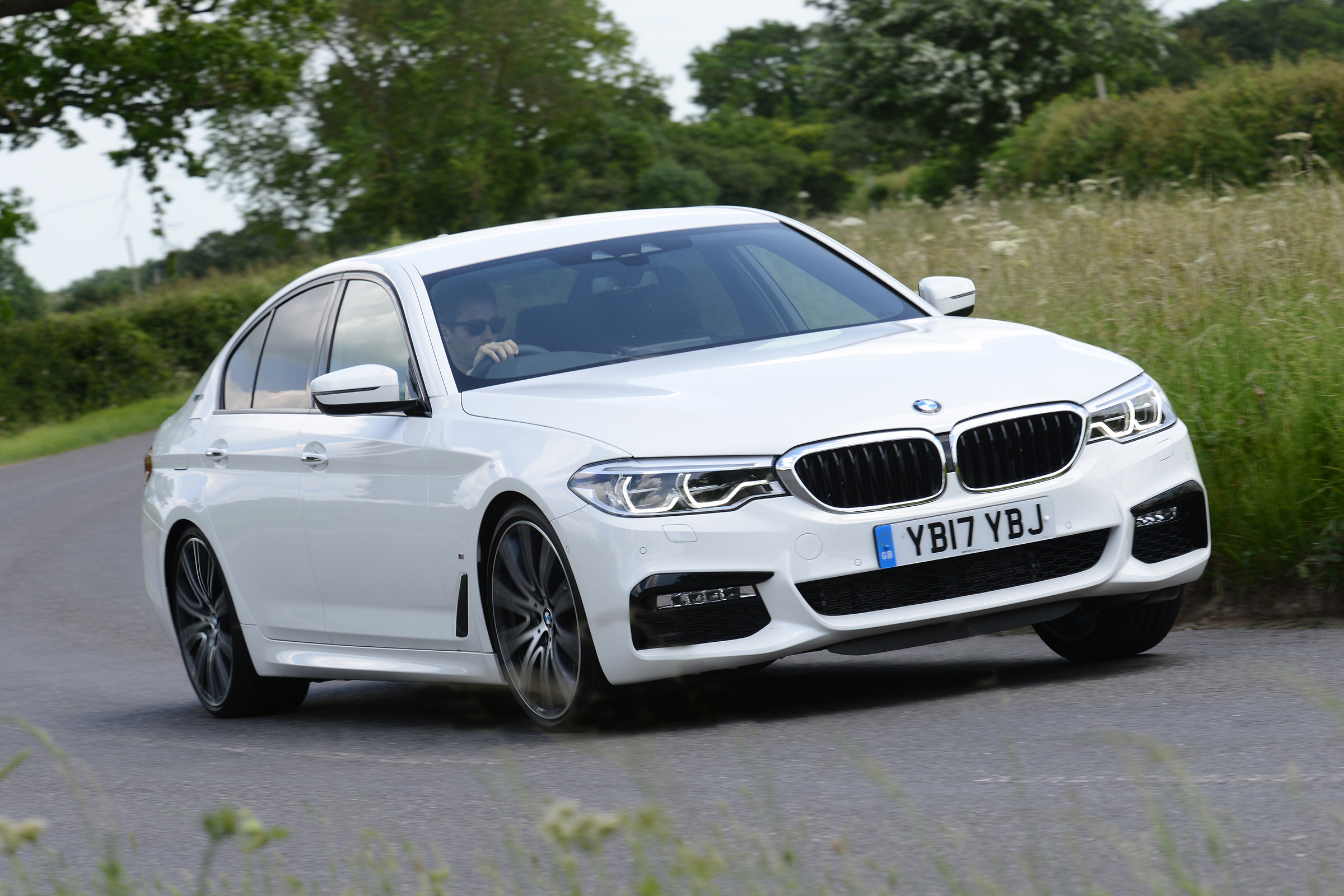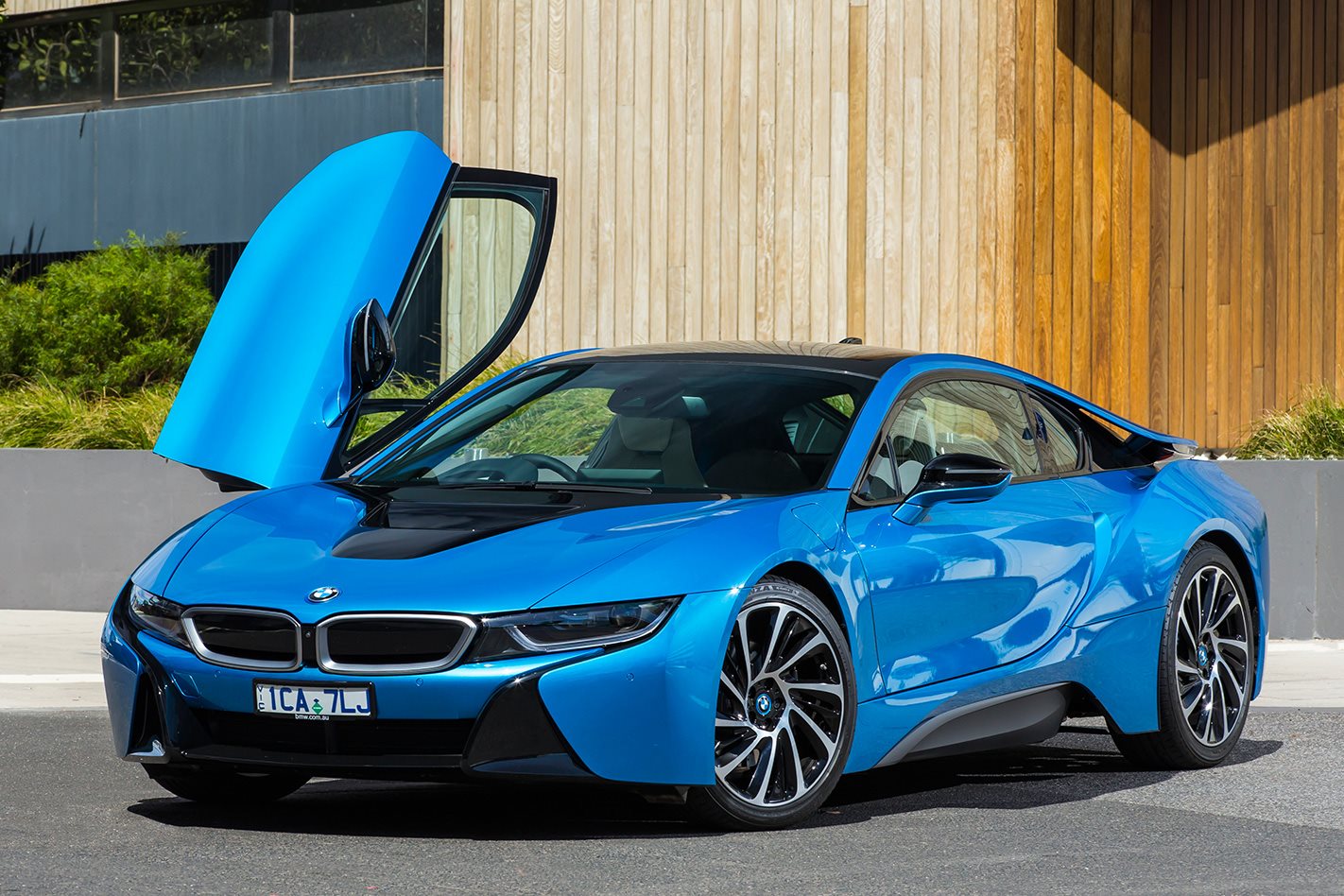

While the 330e looks pretty much identical inside to most other versions of the 3 Series at a glance, there are some details that are easy to miss. There's a noticeable amount of road noise at 70mph, so the 330e isn't the quietest cruiser, but it's far from a rowdy companion on motorway jaunts.Ģ022 BMW 330e Plug-in Hybrid PHEV interior This £2200 option increases the size of the alloy wheels to 19in (from 18in) and brings adaptive suspension, allowing you to stiffen a soften the ride at the touch of a button.Įven if you choose the most comfortable suspension mode, there's no doubt the 330e is firmer than an S60 T8 you feel yourself following the contours of the road more rigidly. Mind you, while the S60 tends to crash and shudder when it encounters a sharp-edged bump or pothole, the 330e always maintains its composure and deals with such obstacles quicker and more effectively.
#Bmw hybrid plus
Our test car was an M Sport model fitted with BMW's optional M Sport Plus Package. The precise, well-weighted steering gives you a good sense of how much grip there is, too. However, it's still heaps more fun than the S60 T8, leaning less through tight twists and turns and feeling altogether better balanced. Given how much heavier the 330e is than a regular petrol or diesel 3 Series, the fact that it isn't quite as agile comes as no surprise. In our tests in damp conditions, 0-60mph took a very respectable 6.2sec – although the pricier S60 T8 is noticeably quicker still.

With both power sources working together, the 330e can pump out a hefty 288bhp. Performance is adequate even when you're driving on pure battery power, but floor the accelerator pedal and the petrol engine gets in on the action. Don’t expect spectacular fuel economy at this point, because the 330e is around 200kg heavier than a regular petrol 3 Series (blame the battery and electric motor), but it still managed a respectable 37.2mpg in our tests on a mix of roads. Once the battery is out of juice, the 2.0-litre, four-cylinder petrol engine is forced into getting its hands dirty. However, even when using the regular driving modes, the 330e will power itself along using mostly its electric motor so long as there's charge in the battery and you're driving gently. To make sure the petrol engine stays switched off, you need to put the 330e in its pure electric driving mode and avoid using the lower reaches of the accelerator pedal.

Indeed, in our tests, the 330e managed 26.5 miles, which is plenty to handle short commutes and farther than the 24.8 miles posted by the rival Volvo S60 T8. In the case of the new 330e, the official electric range with a fully charged battery is 36 – 37 miles (depending on trim level), although, just like official fuel economy figures for petrol and diesel cars, official electric ranges are often hard to achieve in real-world driving. But if you need to make a longer journey, or simply didn’t have a chance to charge up the battery, there’s a good-old-fashioned petrol engine to help out. Just like a fully electric car, but unlike a so-called ‘self-charging’ hybrid, a plug-in can manage reasonable distances on battery power alone.

Let's start by recapping on what a plug-in hybrid actually is. 2022 BMW 330e Plug-in Hybrid PHEV on the road


 0 kommentar(er)
0 kommentar(er)
